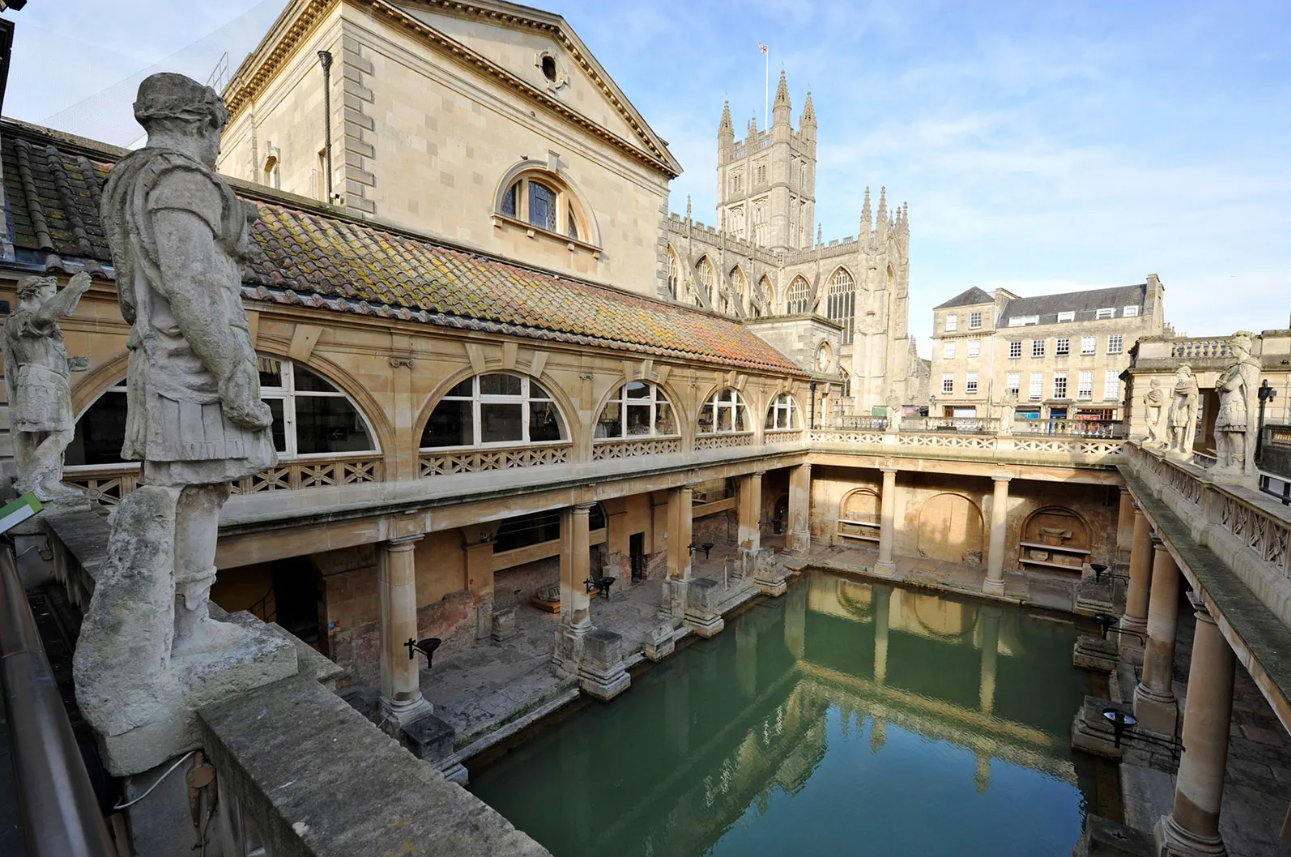A major archaeological discovery has been made in Baiae, the ancient Roman city that now lies beneath the waters of the Bay of Naples. Italian archaeologists have unearthed a remarkably well preserved bathhouse believed to have been part of the grand villa owned by Marcus Tullius Cicero, the celebrated Roman statesman and philosopher. The finding is already being hailed as one of the most significant glimpses yet into the world of Roman luxury and innovation.

Baiae was once known as the ultimate playground of the Roman elite. Often described as the Las Vegas of the Roman Empire, it was filled with sprawling villas, thermal baths, and opulent spaces designed for leisure and entertainment. Over time, volcanic activity and gradual shifts in the earth submerged large parts of the city under water. Today, much of Baiae exists as an underwater archaeological park, fascinating historians and divers alike.
The newly revealed bathhouse stretches nearly 30 metres in length and features traces of intricate heating systems. Roman engineers perfected a method of circulating hot air beneath floors, creating warm and comfortable bathing spaces, and this find highlights just how advanced their techniques were. For archaeologists, the structure not only demonstrates the scale of luxury in elite residences but also reinforces Baiae’s reputation as a hub of Roman architectural brilliance.

Cicero himself was deeply connected to Baiae. Known for his writings, speeches, and influence in politics and philosophy, he retreated to the coastal city later in his life. In his works, he described the beauty of the seaside and his time spent in luxurious surroundings. The bathhouse now uncovered matches descriptions of these retreats and adds credibility to the belief that his villa was one of the most impressive on the coastline.
The discovery also provides greater context to the way Roman society embraced leisure and wellness. Bathing was not just a personal ritual but a social experience tied to relaxation, health, and cultural life. Finds such as this bathhouse illustrate the importance of these practices in everyday life and the lengths to which the wealthy would go to create spaces of comfort and indulgence.
Today, Baiae continues to be a treasure chest for archaeologists. Alongside mosaics, statues, and villa foundations, the newly identified Cicero bathhouse enriches the story of a city that thrived over two millennia ago. Experts suggest that the site could soon become a highlight of underwater heritage tours, allowing visitors to experience firsthand the grandeur of Roman life that has long rested beneath the sea.
Follow Travel Moves on Instagram and Facebook for more stories of incredible discoveries, cultural journeys, and hidden wonders from around the world.








